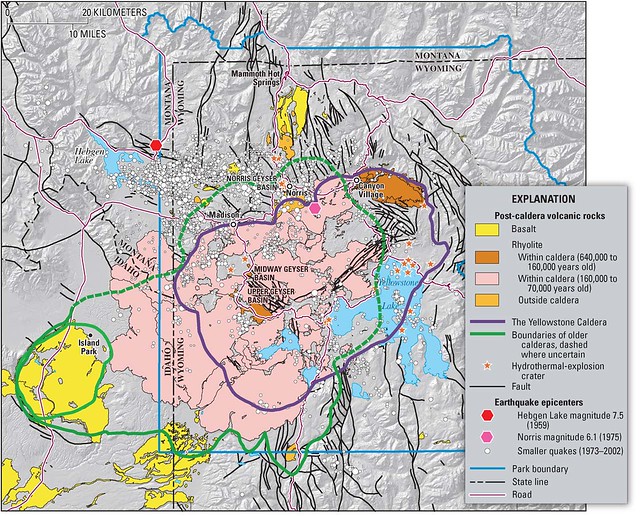Nasa’s ambitious plan to save Earth from a supervolcano (BBC)
The GRC will host a fieldtrip to Yellowstone Thursday September 28 - Sunday October 1, from the GRC Annual Meeting & GEA GeoExpo+
National Aeronautics and Space Administration (NASA) has conceived a very different plan. They believe the most viable solution could be to drill up to 10km down into the supervolcano, and pump down water at high pressure. The circulating water would return at a temperature of around 350C (662F), thus slowly day by day extracting heat from the volcano. And while such a project would come at an estimated cost of around $3.46bn (£2.69bn), it comes with an enticing catch which could convince politicians to make the investment.
“Yellowstone currently leaks around 6 GW in heat,” says Brian Wilcox of Nasa’s Jet Propulsion Laboratory (JPL) at the California Institute of Technology. “Through drilling in this way, it could be used to create a geothermal plant, which generates electric power at extremely competitive prices of around $0.10/kWh. You would have to give the geothermal companies incentives to drill somewhat deeper and use hotter water than they usually would, but you would pay back your initial investment, and get electricity which can power the surrounding area for a period of potentially tens of thousands of years. And the long-term benefit is that you prevent a future supervolcano eruption which would devastate humanity.”
The idea is to drill in from the supervolcano from the lower sides, starting outside the boundaries of Yellowstone National Park, and extracting the heat from the underside of the magma chamber. “This way you’re preventing the heat coming up from below from ever reaching the top of the chamber which is where the real threat arises,” Wilcox says.
Read More.........
